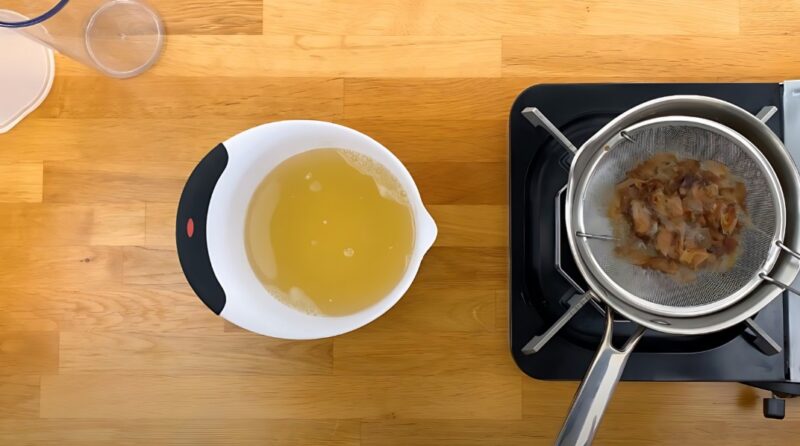Dashi is a traditional Japanese stock that forms a fundamental part of Japanese cuisine. It’s known for its unique umami flavor, which is considered the fifth taste alongside sweet, sour, bitter, and salty. This flavor primarily comes from glutamates naturally found in its ingredients.
It has been used in Japanese cooking for hundreds of years. It started as basic seafood broths and has grown to be a key part of Japanese cooking, known for being simple yet elegant. As time went on, people started making Dashi with not just seafood, but also with vegetables and meats.
Key Takeaways
- Traditional Dashi is primarily made from kombu (dried kelp), katsuobushi (bonito fish flakes), shiitake mushrooms, and niboshi (dried baby sardines).
- Its use in Japanese cuisine spans centuries, evolving from simple seafood broths to a refined ingredient integral to the Japanese culinary arts.
- Dashi has adapted over time to include variations with vegetables and meats, catering to a wide range of taste preferences and dietary requirements.
- It is low in calories and high in minerals like iodine and calcium, offering several health benefits, but it should be consumed in moderation due to its high sodium content.
- It can be used in various international cuisines as a stock or flavor enhancer, adding a unique umami profile to any dish.
Ingredients and Preparation
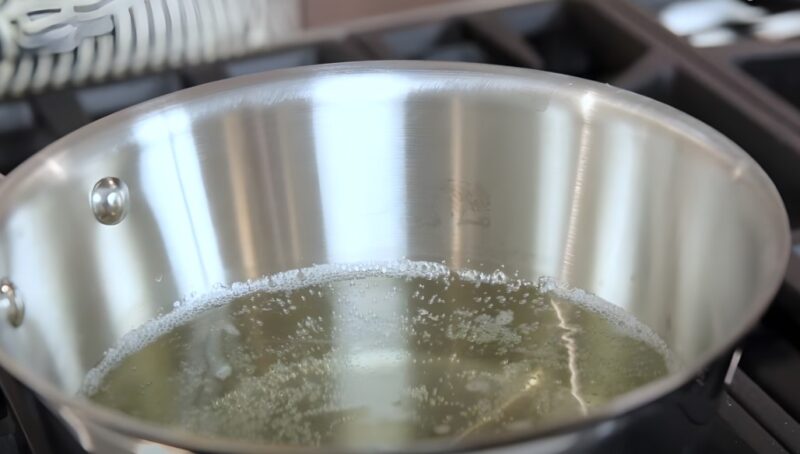
The traditional Dashi is made from just a few key ingredients, each contributing its unique flavor profile.
| Ingredient | Description | Flavor Profile |
|---|---|---|
| Kombu | Dried kelp | Umami-rich, oceanic essence |
| Katsuobushi | Bonito fish flakes | Smoky, fishy taste |
| Shiitake Mushrooms | Often used in vegetarian Dashi | Deep, earthy flavor |
| Niboshi | Dried baby sardines | Strong fish flavor |
The preparation process is relatively simple but requires careful attention to detail: Kombu is typically soaked in water, then gently heated, with the timing of its removal critical to avoid bitterness.
Once the Kombu is removed just before boiling, Katsuobushi or other ingredients like Shiitake or Niboshi are added, allowed to steep, and then strained to yield a clear, flavorful broth.
Types of Dashi
- Ichiban Dashi: The first, most delicate brew, used in clear soups and delicate dishes, where its subtle flavor can shine without competition.
- Niban Dashi: A second, stronger brew made from the already-used ingredients of Ichiban Dashi, proving the resourcefulness and waste-minimizing aspects of Japanese cooking.
- Awase Dashi: A combination of two or more ingredients, such as Kombu and Katsuobushi, showcasing the art of balancing flavors in Japanese cuisine.
- Shiitake Dashi: Made solely from dried shiitake mushrooms, ideal for vegetarian dishes and a testament to the adaptability of Dashi in various dietary preferences.
- Katsuo Dashi: Made primarily from Katsuobushi, highlighting the depth that a single ingredient can bring to a dish.
- Iriko or Niboshi Dashi: Focused on dried sardines, offering a stronger, more pronounced fish flavor that’s essential in certain regional specialties.
Umami: The Fifth Taste
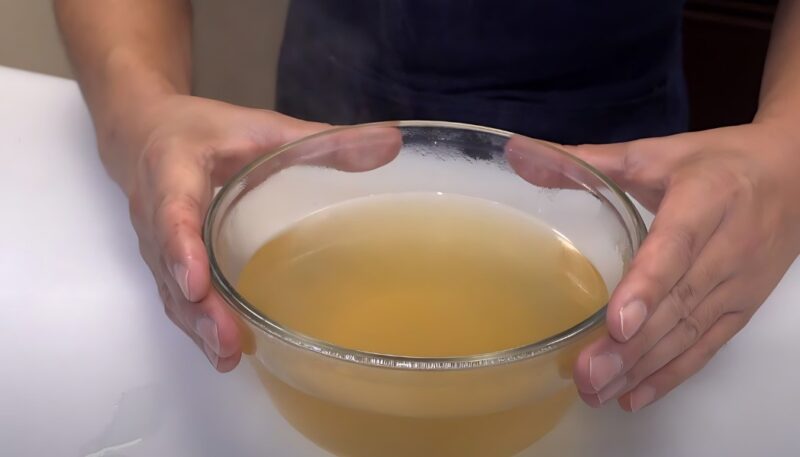
Umami, often described as a savory or meaty flavor, is central to Dashi’s appeal, distinguishing it from other culinary stocks worldwide. It enhances the overall taste of the dish without overpowering other flavors, acting as a flavor enhancer that brings harmony to the dish.
This unique taste profile has catapulted Dashi to international culinary fame, sparking interest and appreciation globally.
Dashi in Everyday Cooking
In Japan, Dashi is as common as salt and pepper in other cuisines, a staple ingredient in every kitchen. It’s used in famous dishes like miso soup, ramen, and udon, imparting a distinct flavor that’s instantly recognizable.
It also serves as a base for many sauces and seasonings, including teriyaki and tempura dipping sauce, demonstrating its foundational role in Japanese gastronomy.
Health Benefits
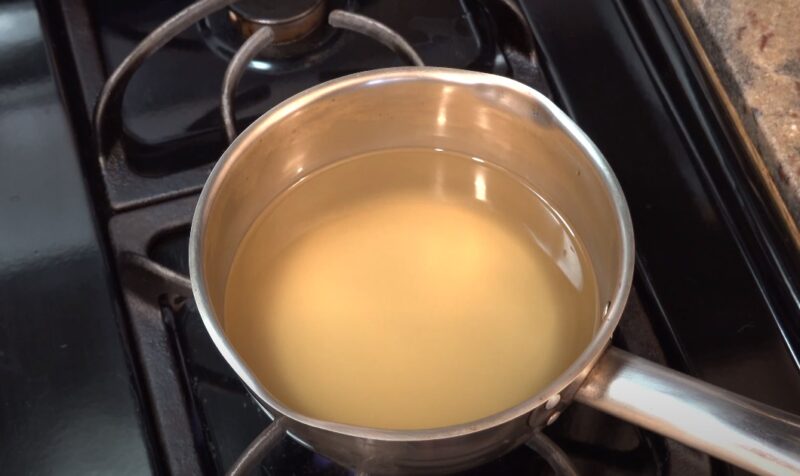
Dashi isn’t just flavorful; it’s also packed with health benefits, making it a nutritious addition to any diet. It’s rich in minerals like iodine and calcium, beneficial for overall health.
The ingredients in Dashi, especially Kombu, are known for their health-promoting properties. Dashi is:
- low in calories,
- rich in minerals.
- good for digestion
- it contains beneficial compounds
- may reduce the risk of chronic diseases
- boosts the immune system
Dietary Considerations
For those following a vegetarian or vegan diet, mushroom-based Dashi is a great alternative, aligning with ethical and dietary choices. It provides similar umami flavors without any fish products, ensuring that the essence of Japanese cuisine can be enjoyed by all.
This adaptability of Dashi allows it to fit into a variety of dietary lifestyles, making it a universal culinary ingredient.
How to Make It at Home?
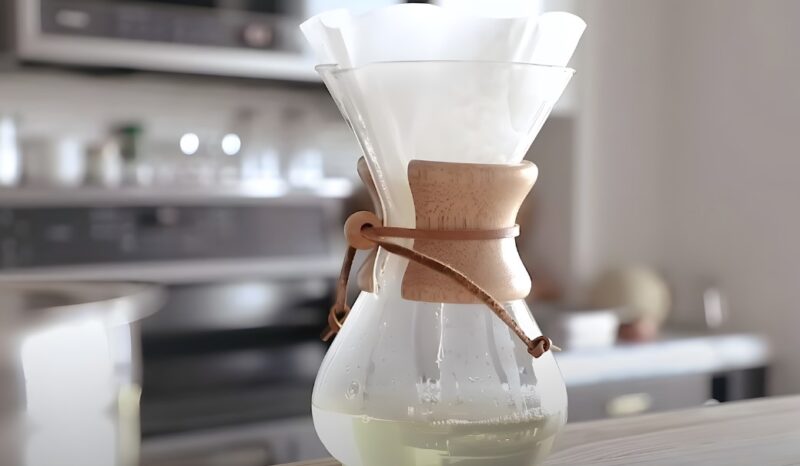
You can always prepare Dashi at home, it’s pretty simple. Here’s a basic recipe to get you started.
Ingredients:
- 4 cups water
- 1 piece of Kombu (about 10cm)
- 1/2 cup Katsuobushi
Steps:
- Prep the Kombu: Wipe the Kombu with a damp cloth but do not wash it, as this will remove the umami-rich compounds, essential for the stock’s flavor.
- Soak the Kombu: Soak the Kombu in the water for about 30 minutes, allowing it to rehydrate and release its flavors slowly.
- Heat the Water: Slowly bring the water to just before boiling, carefully monitoring to ensure the Kombu is removed at the right moment.
- Add Katsuobushi: Turn off the heat and add the Katsuobushi, allowing it to infuse its smoky flavor into the broth.
- Strain: Strain the mixture using a fine-mesh strainer to achieve a clear, flavorful Dashi, ready to elevate your dishes with its unique taste.
FAQs
Can Dashi be made without seafood for a strictly vegetarian diet?
Yes, absolutely. You can make a completely vegetarian Dashi using only kombu (dried kelp) or shiitake mushrooms. This type of Dashi still offers a rich umami flavor without using any seafood ingredients.
How long can homemade Dashi be stored in the refrigerator?
Homemade Dashi can be stored in the refrigerator for up to 5 days. Make sure to keep it in a tightly sealed container. It can also be frozen for longer storage, up to 3 weeks.
Is there a quick method for making Dashi if I’m short on time?
Yes, there are instant Dashi granules or powders available in many Asian grocery stores. These can be dissolved in hot water to make Dashi quickly, though the flavor might not be as nuanced as traditional homemade Dashi.
Can Dashi be used in non-Japanese cuisine?
Definitely! It can be a great addition to various international dishes. It can be used as a stock in soups, stews, and risottos, or as a flavor enhancer in sauces and marinades, adding a unique umami profile to any dish.
Are there any health concerns associated with consuming Dashi?
People with certain health conditions, such as hypertension, should be mindful of their Dashi intake due to its high sodium content, especially if using instant versions or adding soy sauce. It’s always best to consume in moderation and consult with a healthcare provider if you have specific dietary concerns.
What’s the difference between Dashi and other types of broth or stock?
The main difference lies in the ingredients and flavor profile. Dashi has a unique umami flavor primarily derived from kombu and katsuobushi, making it distinct from other stocks that often rely on meats, bones, and vegetables.
Dashi’s flavor is typically more subtle and less fatty than many Western broths.
Summary
Dashi is a cornerstone of Japanese cuisine, renowned for its unique umami flavor. Its versatility allows it to be incorporated into various dishes, adapting to different dietary needs and preferences.
Using it can elevate your cooking, adding a touch of Japanese culinary tradition to your kitchen.
